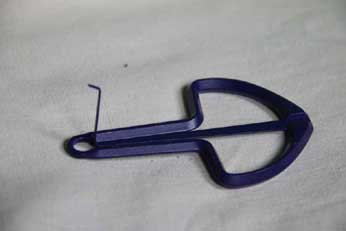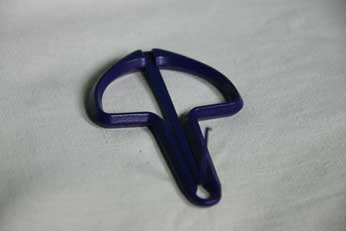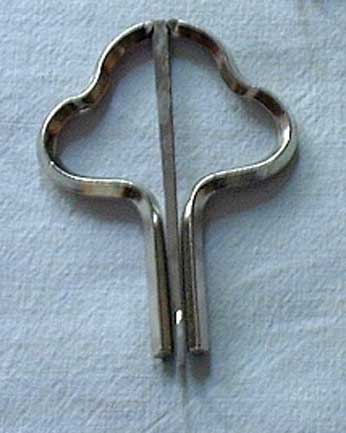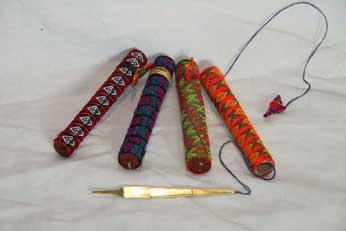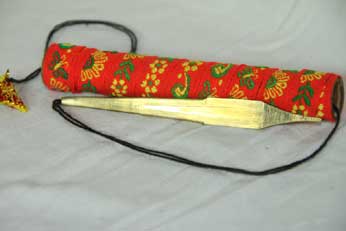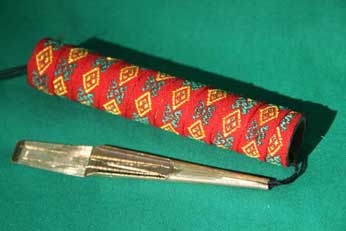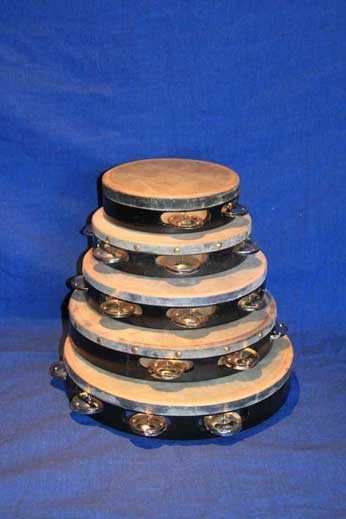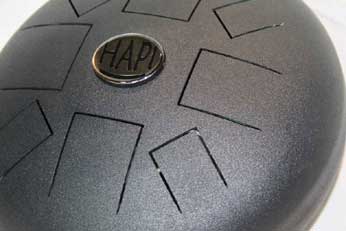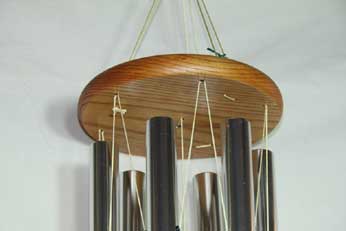Maultrommeln
altes Volksinstrument, in vielen Ländern bekannt
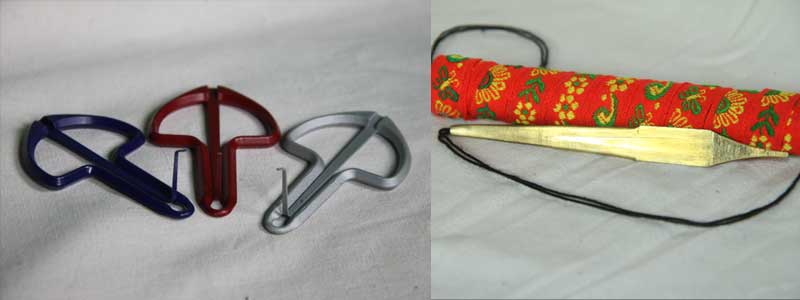
Maultrommel, Brummeisen, Mundharfe, klassisches Volksinstrument, heute noch im Alpenraum beliebt, aber auch in in vielen anderen Kulturen bekannt, z.B. in Asien oder Russland.
Viele Namen existieren für dieses kleine Instrument.
Eine Metallfeder wird in Schwingung gebracht. Hält man das Instrument vor dem Mund zwischen den Lippen, werden die Töne laut, da der Mundraum zum Resonanzkörper des Instrumentes wird.
Die Maultrommel hat einen sehr eigenen Klang, der etwas urzeitliches hat. Die Maultrommel ist auch ein schamanisches Instrument.
Die Wurzeln dieses Instrumentes lassen sich bis in die vorchristliche Zeit zurückverfolgen. Ihr Ursprung liegt im asiatischen Raum, Mongolei, Sibirien.
Die Süd-asiatischen Maultrommeln sind etwas anders gebaut als die Europäischen. Sie werden aus einem Stück Messingblech gefertigt. Bekannt ist in dieser Art die Danmoi aus Vietnam geworden.
In Europa ist die Maultrommel im Alpenraum ein beliebtes Volksinstrument, aber auch in Sizilien und im Balkanraum.
Maultrommel
Maultrommel aus Österreich, in 3 Größen
Wir bieten diese österreichische Maultrommel in drei verschiedenen Grössen an. Je nach Größe variiert die Tonlage von hoch (kleine Malutrommel) nach tief (grosse Maultrommel).
Der Maultrommel liegt immer eine Spielanleitung bei.
Die neue Serie dieser Maultrommel ist jetzt noch einfacher zu erlernen, da die Form unten geschlossen ist.
Danmoi
Traditionelle Maultrommel aus Vietnam
Eine andere Form der Maultrommel kommt aus Vietnam. Aus reinem Messing gefertigt und in besonders schlanker Form.
Diese Maultrommeln sind sehr leicht und weich zu spielen. Sie werden nur zwischen den Lippen gehalten und sprechen schnell an.
Sie sind jeweils mit einem Etui aus Bambus versehen für den sicheren Transport.
Wir bieten sie in der Standardgrösse und in Bass mit einem tiefen Ton an.
Eine besondere Ausführung ist die doppelzüngige Dan-Moi.
Hier sind zwei Zungen aus dem Metall geschnitten. Sie haben einen sehr vollen tiefen Ton.
Die Farben der Bordüren um die Bambushülse können variieren.
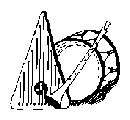
 English
English
 French
French
 German
German
